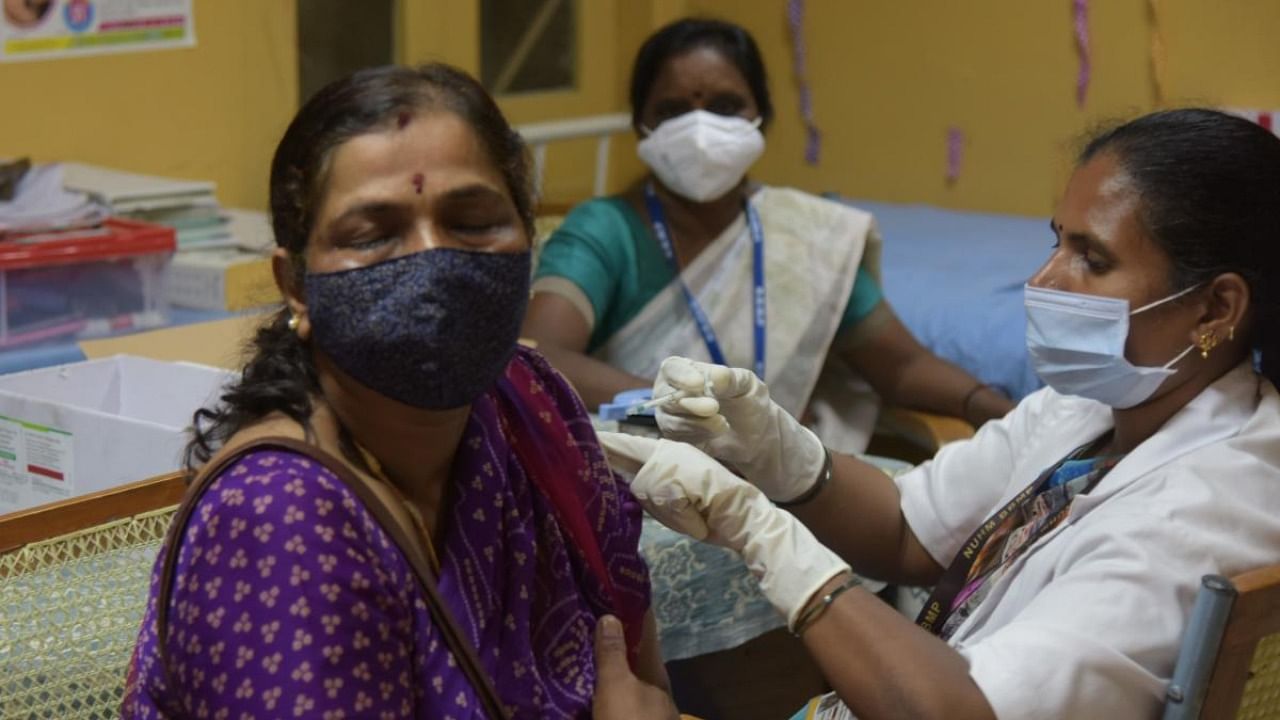
We are at a critical juncture of our social and economic life as a nation, having completed 74 years of independence and 30 years of economic liberalisation. There is now a growing realisation both in government and the general citizenry that post-liberalisation, the health and primary education sectors are not in good shape and have to be set right if India has to take its place in the comity of nations. Indeed, all the institutions connected with the health sector are found to be operating sub-optimally. There are around 25,650 Primary Health Centres (PHCs) across the country with 61% of them having only one doctor and 7.6% of them having none.
There is a growing feeling that the government has to take back its responsibility for providing for the healthcare of its citizens. Without this, the demographic dividend that we often boast about will become a liability.
Hence, we welcome the intention of the Government of Karnataka to upgrade the PHCs in the state which were in a limbo all this while. Perhaps, the pandemic served as a wake-up call.
In December 2020, the Health and Family Welfare Department of Karnataka decided to upgrade its network of 2,380 PHCs in the state. The minister concerned stated that the existing six-bed PHC will be upgraded to a 12-20 bed facility, more health centres will be established, the number of doctors per PHC will be increased and every PHC will have a radiology section. Not only this, accommodation will be provided to doctors and nurses. In addition, Community Health Centres will also be upgraded and taluk and district government hospitals modernised. The Basavaraj Bommai government has reiterated that 2,900 sub-centres and 750 PHCs will be upgraded.
It is hoped that this is not a pipe dream and the government will follow up on its promise. The pandemic, especially the second wave, has dramatically brought home the importance of the PHC in the healthcare system. It was found that Covid-19 cases could be monitored and recorded best at the PHC level rather than at the higher levels of healthcare.
Here, it may be pointed out that the three-tiered government healthcare model consists of a clutch of sub-centres, PHCs and Community Health Centres. These institutions act as a sifting mechanism so that most patients are taken care of at the PHC itself and do not feel the need to go to hospitals directly as is happening at present, resulting in a hospital overload.
Tax-funded revenues
It is imperative that PHCs, which are the first line of contact between the patient and the healthcare system, are established and strengthened throughout the state. In 1946, the Bhore Committee had recommended the setting up of such institutions throughout the country. It envisaged a comprehensive, universal, healthcare system free at the point of delivery based on a government-led service to be paid from tax-funded revenues. The Alma Ata Declaration of 1978 underlined the universal importance of primary healthcare to be provided by governments the world over. However, the following decades were the lost decades of the PHC in India. These institutions were neglected and side-lined in favour of the setting up of secondary and tertiary level healthcare facilities consisting of taluk and district hospitals by the private sector.
This led to a steep increase in out-of-pocket expenses. While the world average of such expenditure is 18.2%, in India it is 62.8%. It resulted in catastrophic expenditure on health problems and the consequent loss of assets and indebtedness of families. The pandemic has made us even more aware of the problem. Lakhs of rupees are spent on securing a bed in the ICU, an oxygen cylinder and a ventilator in private hospitals. The wholesale commercialisation of healthcare does not bode well for the public or the nation. Healthcare as a public good will be accessible to all.
India now needs to go back to the drawing board and recast its healthcare system in favour of a bottoms-up approach of PHCs designed on the lines of the Bhore Committee report. Adequate funds have to be made available for this exercise. At present, a paltry sum of a little over 1% of the GDP is spent by the government on healthcare. Without the backing of funds, the lofty schemes are only wishful thinking. Only a healthy and robust citizenry can drive economic growth.
One of the unintended consequences of the pandemic has been the revival of the PHC. Many of us, who had never been inside a PHC, now found ourselves taking our Covid vaccinations in one of them and it has been a pleasant experience. It is hoped that these institutions have come to stay and will continue to serve the health needs of the people even after the pandemic.
(The writer is Senior Research Fellow, Institute of Social Sciences, New Delhi)